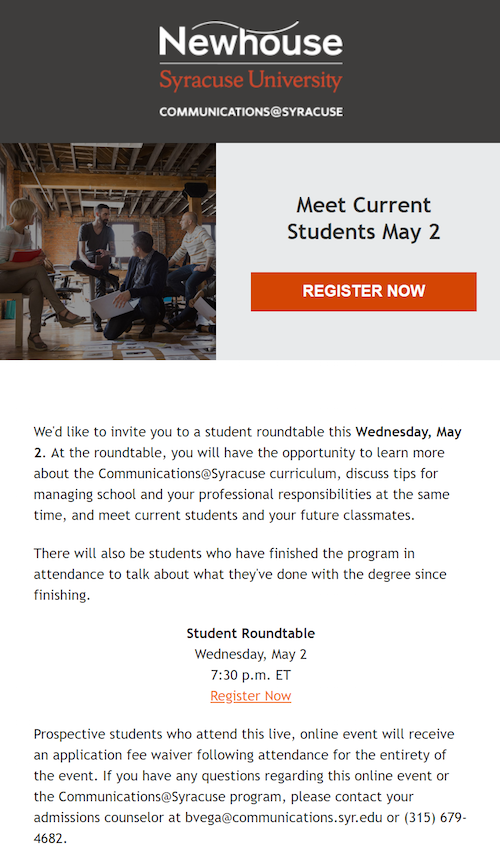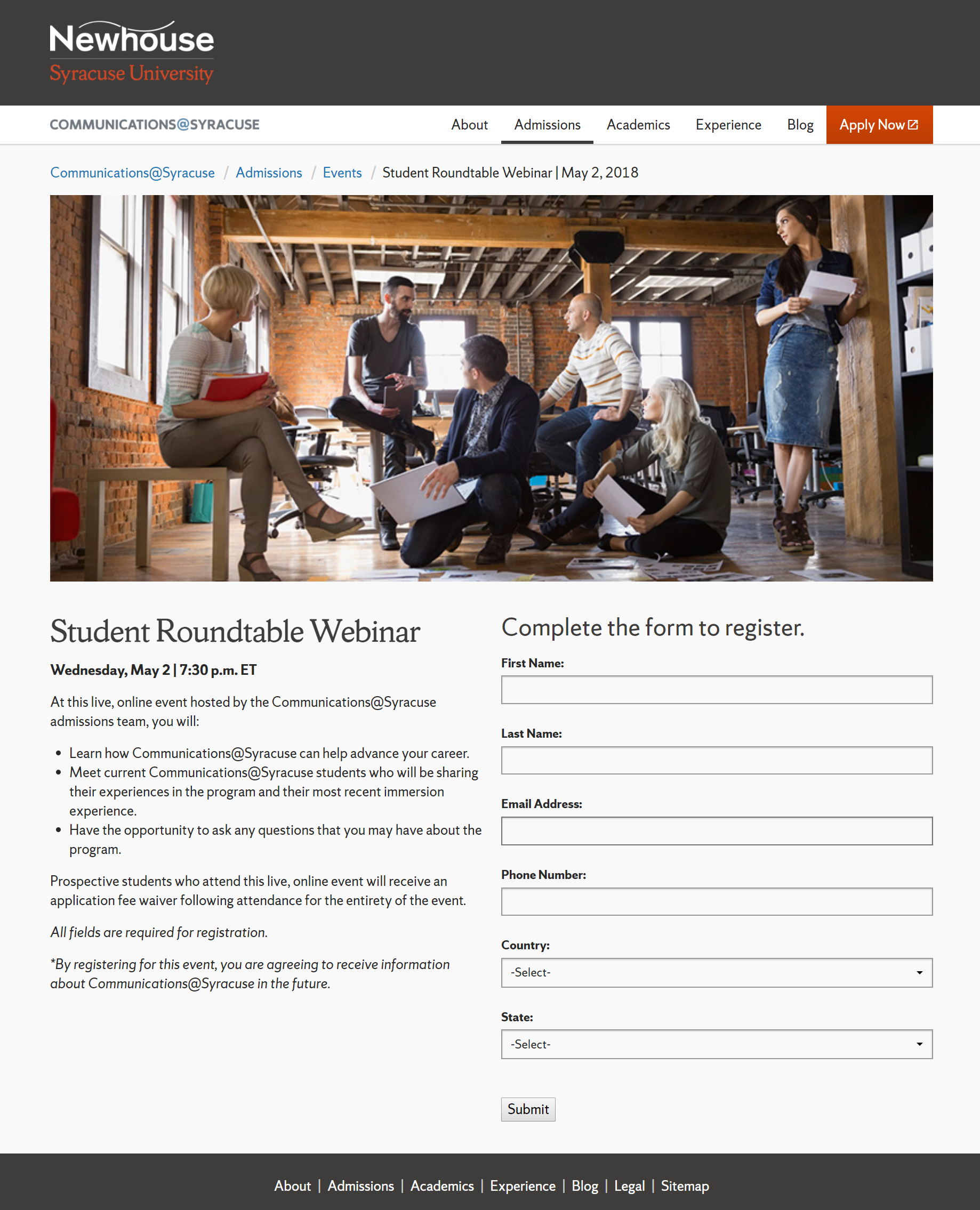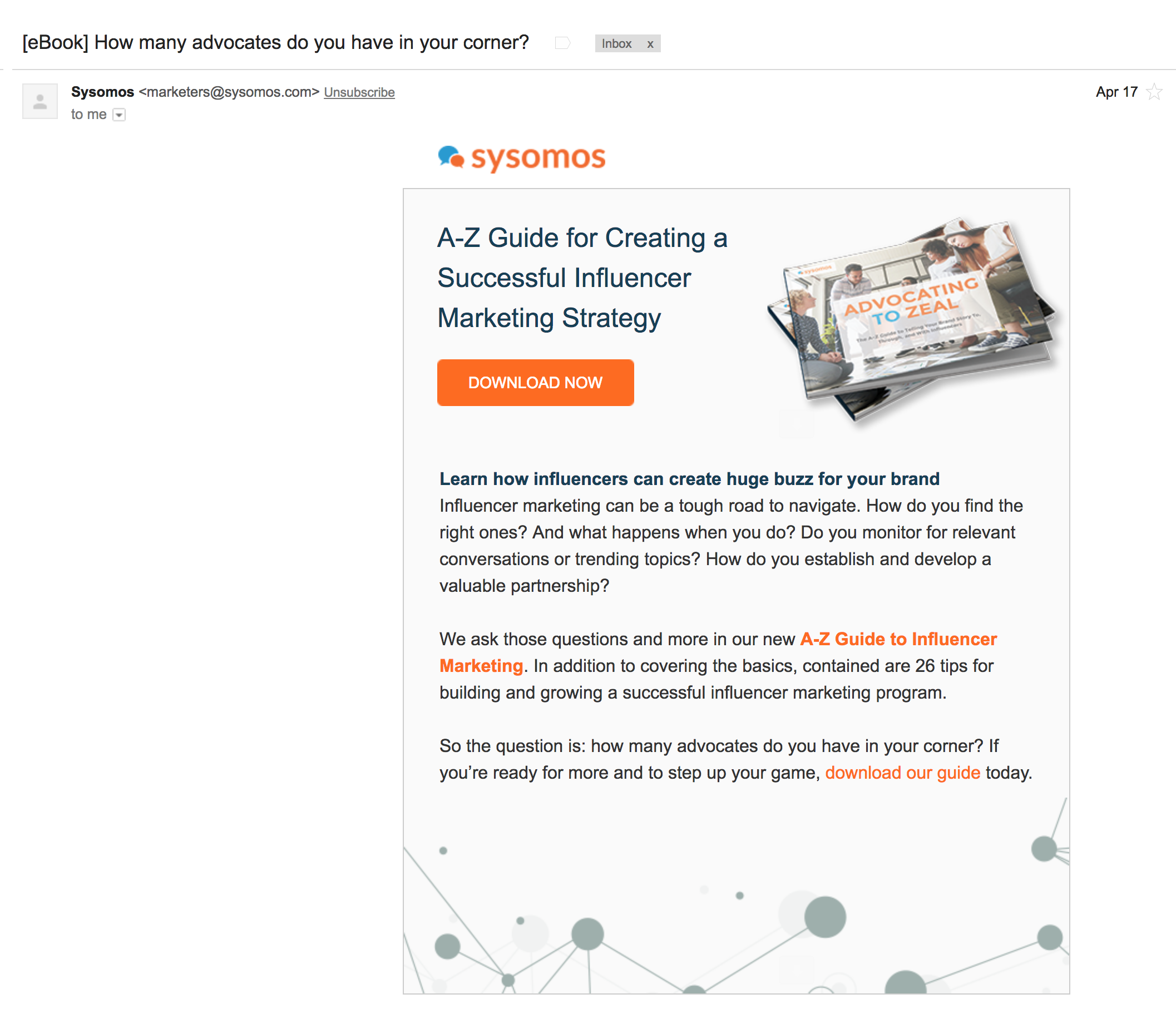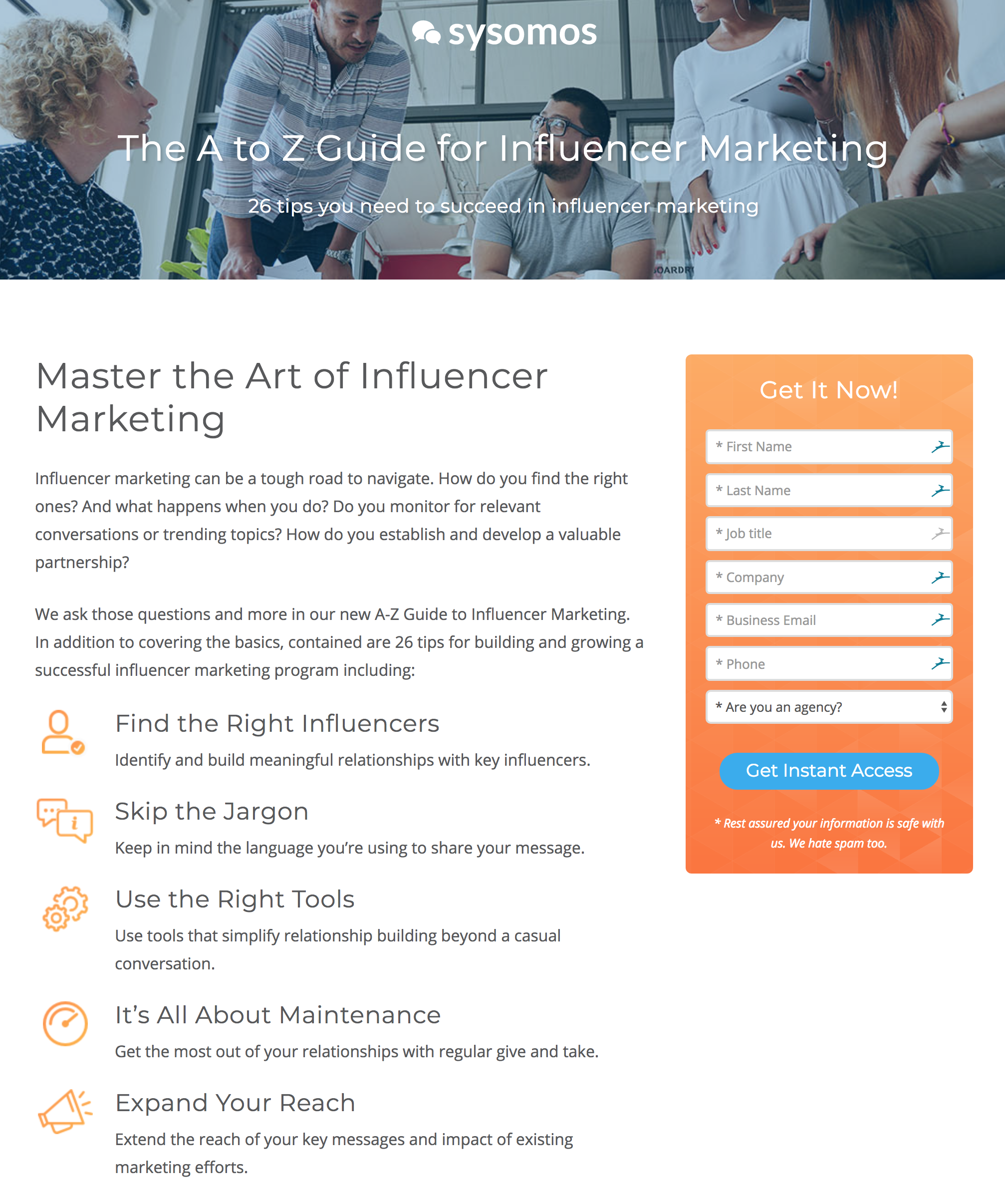You know the power of email, and that’s what makes it so tough. If it’s the channel that’s been shown to deliver $44 for every $1 spent, how come you’re not seeing anything close?
Why’s it that every email marketing optimization you make fails miserably?
The reason varies from business to business, team to team. It could be something as seemingly small as your copy, or something higher-level like your campaign strategy. Before we get into the fixes…
What is email marketing optimization?
Email marketing optimization is the process of improving any aspect of email marketing. That aspect could be related to service providers, creative decisions, targeting, and even strategy, among others.
If your email optimization isn’t cutting it, here are 5 tactics that may help.
1. Set realistic expectations
Failure is only failure if you believe it is. Those big improvements you once saw? They may not be as common because you’ve covered most of the email optimization bases by now. Click-through rates plateau. It’s natural. If your expectations are that at some point, everybody’s going to click through your email, you need a goal adjustment. You need something more realistic.
Unfortunately, most blog posts don’t help with realistic goal-setting. Instead, they hype the “one quick fix” that generated millions of revenue…
Why? For pageviews. In reality, an optimization is never a quick fix, even if it’s a small adjustment made to a headline or button color. Instead, it’s the result of many things:
- A review of gaps in the marketing funnel.
- An analysis of qualitative and quantitative data.
- A replicable testing process.
What you’ll find when you click through to these blog posts is that optimizers only discovered a valuable fix after they dug into their data, after they interviewed customers, after they read through case studies — but the post doesn’t emphasize that. You have to connect all the dots.
And when you start looking at these posts through the lens of a skeptic, you’ll find smoke and mirrors everywhere. Posts you once thought were about the best button color are revealed for what they truly are: clickbait. Does a red button really convert higher than a green one, or does it only convert higher because it stands out more than a green button on a green background?
These are things that blog writers routinely underemphasize because it’s not as alluring as the alternative. Everybody wants a quick and easy fix — to think that red is a better button color than green instead of the truth: optimization is the result of a detailed and tedious process. And so the writers write it, and the readers believe it because they want to.
Don’t take the bait. Optimization takes patience. It takes process. It takes resources. Anybody who tells you otherwise isn’t telling you everything.
2. Stop testing randomly
It’s true in life and email marketing optimization too: if it ain’t broke, don’t fix it.
Ask yourself, was your last attempt at optimization something you cooked up from nowhere? Was it a tactic that boosted revenue for somebody else? Here’s the problem with both those scenarios: You might be trying to fix something that’s working just fine compared to other parts of your funnel.
For example, a common focus of email marketing optimizations is subject lines. They’re easy to test, they’re fun to come up with compared to a lot of other optimizations, and they’re fun to read about. So they get a lot more attention than case studies on, say, targeting, inboxing, or onboarding sequences.
This may lead some email marketers to believe subject lines are more important than other parts of the process. And for some, they are. But what about you?
Your business is unique. Its challenges are unique too. And these are both foundations of your testing strategy. To disregard them would mean ignoring the most important step of testing: discovering a reason to test.
Without a reason to test, you’re like a detective trying to solve a crime that you can’t confirm was committed. If somebody says “My house has been robbed,” the first step to solving the crime is to ensure the house was robbed before you go hunting for a suspect.
Similarly, when somebody says “We’ve got to test email subject lines,” your first question should be, “Why’ve we got to test email subject lines?” And if they can’t provide evidence that email subject lines are underperforming, then you shouldn’t focus your efforts on subject line testing at this point.
Optimization is about improvement. If you’re making improvements to your email marketing, you should be fixing what needs fixing first. Take care of glaring holes in your email marketing strategy. Review the data you have. Talk to your customers. If you keep hearing “I don’t click through because your subject lines are boring,” then you have a basis for testing subject lines. However, if you keep hearing “I don’t click through because I never opted into your email list,” then you shouldn’t be testing subject lines. You should be looking at the way you got these email addresses.
3. Round up the usual suspects
Who knew you could get email marketing optimization advice from Casablanca?

It’s true, ideas for testing start in data, but data can be confusing. Let’s take open rates for example.
If email open rates are low, you may immediately blame your subject lines. But coming to a hasty conclusion like that could result in a decision that saps your business’s resources later.
Before you start testing new subject lines to get prospects to open your email, it’s wise to round up the usual suspects responsible for low open rates. That includes:
- The source of the addresses in the list you’re emailing
- Potential issues with targeting or segmenting
- Where your emails are landing (since Gmail separated promotional emails from the inbox, many businesses have had issues inboxing) Email authentication protocols such as DMARC, DKIM/ SPF set up to ensure proper email deliverability
- The content of your emails (did you promise one thing and deliver another?)
- How often you’re mailing
- Your emails’ level of personalization and relevance
These are just a handful of things other than subject lines that could be impacting open rates. And this process isn’t strictly limited to open rates. Click-through rate, conversion rate — every metric is impacted by a number of different campaign elements. Consider all culprits before you start fixing the wrong problem.
4. Stop neglecting the most important part of the campaign
Sending emails that contain offers is similar to creating ad campaigns. And just like advertisers do, many email marketers forget the ultimate goal of an email in the first place: to generate a lead or sale.
So what ends up happening is subject lines are perfected and email copy is written and rewritten, 25 different CTAs are tested, but there’s little thought put into the page that visitors are directed to once they click through. Take this email, for example:

Which directs to this page:

Why could these campaign conversion rates be low? Some reasons that are evident on the post-click landing page:
- Lots of distractions. It’s very easy to leave this page before converting. Above the fold there are numerous links in the navigation including the blog, the ‘About’ page, etc. Below the fold there are all the same links, and one additional for the sitemap.
- Competing calls-to-action. In the navigation, you’ll see an “Apply Now” CTA, and below the form, you’ll see the conversion goal of the page: “Submit” to register for the for the roundtable webinar. This is a post-click landing page with an identity crisis. There should be no more than one CTA per post-click landing page, as each will detract from the others.
- The secondary CTA is actually more attention-grabbing than the primary CTA. “Submit” isn’t likely to get visitors interested in attending the roundtable, and it’s much harder to see as a light gray button against a white background.
- There are more form fields than need be. I clicked through an email to get to this page, so the school already has my email address. Usually, the fewer the fields, the more likely a visitor is to convert.
- They’ve buried the lead. If you look under the last bullet point, you’ll read “Prospective students who attend this live, online event will receive an application fee waiver following attendance for the entirety of the event.” So, you’re saying all I have to do is sign up, stick around for the whole event and I save on the application fee? That sounds reasonable, but…
- There’s no mention of how much you’ll save by attending. If you search for the application fee via Google, you’ll see it’s $45 (few people will search for the application fee as I did. It should be listed). Sounds like a good deal, but…
- There’s no mention of how long the event is. If it’s less than 90 minutes, personally I’d be persuaded to go. If it’s 2+ hours, that’s a different story.
- This opt-in text below the bullet points is unnecessary. As a returning lead, I have obviously already consented to be contacted by the school’s marketing team.
- The image above the fold provides no visual information about the event. How will it look on my computer screen? Will it be intimate and casual with six people sprawled on the floor or will it be a bigger group? Try as hard as you can to stay away from stock photos on post-click landing pages unless they convey accurate information about your offer.
The post-click landing page is where the conversion happens. So, you may have great open rates and lots of click-throughs, but if nobody takes action on your post-click landing page, the campaign’s a bust.
Post-click optimization — improving what happens after the click — is something that’s only recently become a focus of businesses. For email marketers, it’s a crucial part of campaign success.
If you’re not using a post-click landing page to gate your content, you’re not collecting your maximum potential leads.
5. Improve message match
One of the pillars of post-click optimization is message match. It’s about creating a foundation of trust on your post-click landing page by letting your prospects know they’re in the right place.
Do this by delivering on the post-click landing page what you promised in the email. That means:
- Use colors on your post-click landing page that were used in your email.
- Feature media on your post-click landing page that was used in your email.
- Match the headline of your email to the headline of your post-click landing page.
- Ensure your logo is displayed on the post-click landing page as it was in the email.
Here’s a great example from Sysomos, first the email, then the post-click landing page:


If they click through your email and arrive on a page where these things aren’t present, they may believe they’ve been misled. And converting a prospect comes down to establishing trust. A different headline, logo, colors, or media could drive them to the “X” in the corner of their browser before they even have a chance to evaluate your offer.
Think outside traditional email campaign optimization
Look around and you’ll find a lot of information on how to adjust emails to get more clicks and opens: test your subject lines, try sending at different times of day, etc.
But, it’s important to consider the email optimization in the context of the whole campaign, even the entire buyer’s journey. Look at your data. What does it tell you?
If your emails are opened but not clicked, there’s likely a problem with the content of your email. If they’re not opened at all, there could be a number of things wrong with targeting, relevance, etc.
And if you’re not generating leads or sales, there’s a disconnect between your email and the post-click landing page. If that’s you, start bridging the gap with the most robust post-click optimization platform. Sign up for an Instapage Enterprise demo today.

See the Instapage Enterprise Plan in Action.
Demo includes AdMap™, Personalization, AMP,
Global Blocks, heatmaps & more.
